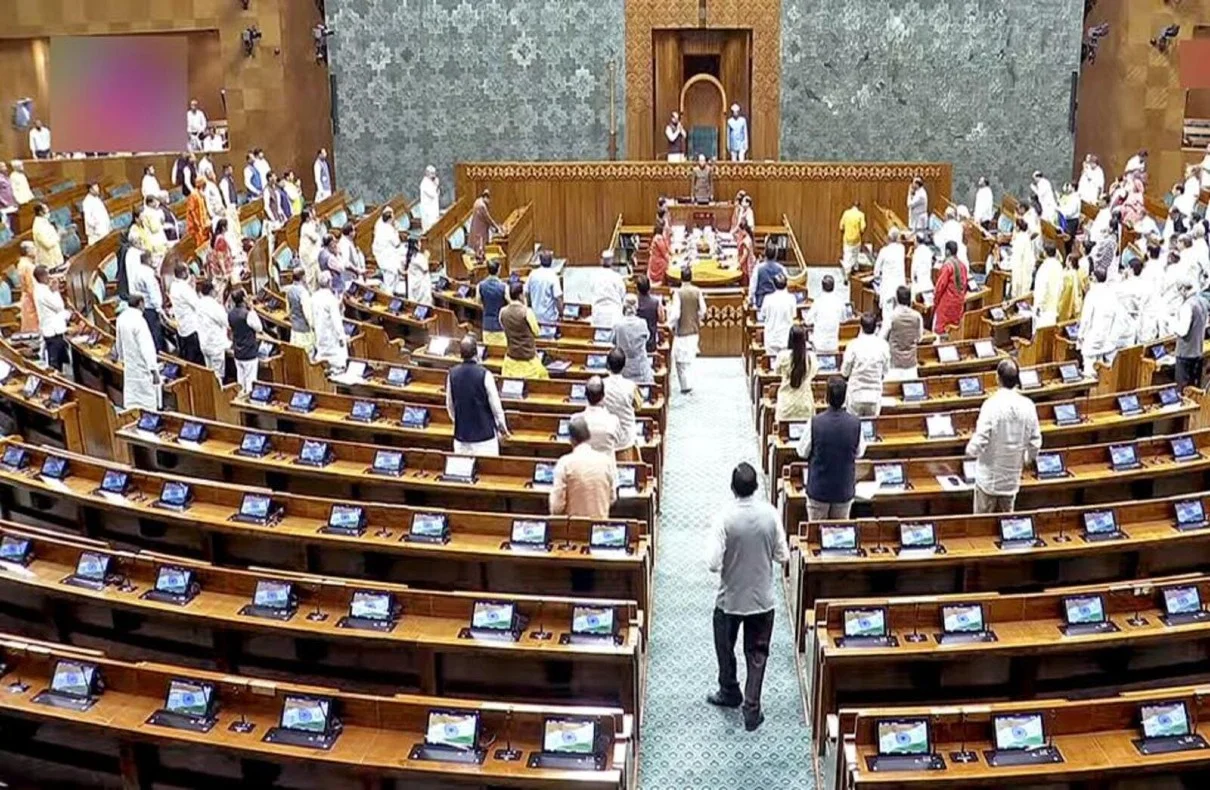Advocating reforms in the Waqf Board and transparency in the maintenance of Waqf properties, the Waqf Amendment Bill was introduced in the Lok Sabha on Wednesday. With the opposition repeatedly claiming that it will take away the property of Muslims, Union Minister Kiren Rijiju told the House that there is no interference in the management of any mosque. This bill is not against any religion, it is only a matter of property. This bill has nothing to do with religious institutions.
The amended Bill, introduced in the Lok Sabha, has already been approved by the Narendra Modi Cabinet on February 19, 2025. From the House to the country, there has been uproar over the amendment. Many questions are also going on in the minds of the people about the Waqf Board. What is Waqf Board? What is its history? How much property does the Waqf Board have? Let’s find out the answers to some important questions.
Timeline of the Waqf Amendment Bill
- August 8, 2024 – Waqf Amendment Bill introduced in Lok Sabha
- August 9, 2024 – Waqf Amendment Bill sent to JPC
- August 22, 2024 – First meeting of the 31-member JPC held
- January 27, 2025 – Last meeting of JPC on Waqf Bill
- January 29, 2025 – Draft Report approved by JPC
- January 30, 2025 – JPC report submitted to Lok Sabha Speaker
- February 19, 2025 – Cabinet approves Waqf Amendment Bill
- April 2, 2025 – Waqf Amendment Bill introduced in Lok Sabha
What is the Waqf Board?
“Waqf” is derived from the Arabic word “waqufa” which means “to stay.” Waqf refers to properties that are specifically dedicated for religious or charitable purposes under Islamic law. In Islam, a waqf is an endowment of property by a Muslim for the welfare of society. It can be of two types. So that it can be used for the welfare of the society. The main objective of the Waqf Board is to manage Waqf properties, protect them and ensure that their proceeds are used for mosques, madrassas, orphanages, hospitals or to help the poor.
History of the Waqf Board
The history of Waqf is related to some Hadiths. The beginning of Waqf in the world started from Madinah. The beginning of Waqf is considered to be from the garden with 600 Khujar trees in Medina, but the beginning of Waqf in India is considered to be from the Delhi Sultanate. When Muizuddin Sam Gaur first dedicated two villages for the Jama Masjid of Multan. The issue of abolition of waqf in India was raised in the late 19th century when a dispute over waqf property reached the Privy Council in London during the British Raj. The British judges had then declared the Waqf invalid.
The Muslim Waqf Legalization Act of 1913 saved the Waqf institution in India. In independent India, there was talk of centralisation of Waqf in 1954 and in 1964, the Centre set up the Central Waqf Council of India. Till 1995, there was no change in the Waqf Bill, but in 1995, the Waqf Board was given the freedom to work like a civil court. In 2013, a survey commissioner was appointed for the Waqf properties. After the continuous complaints received by the Ministry and the findings of the Sachar Committee, in 2024, the Narendra Modi government brought amendments to the Waqf Bill. It is believed that after this change, a new chapter of history will be written in the country.
Who sits on the Waqf Board?
The Waqf Amendment Bill is a new ray of light. The new changes made in the bill will now set the direction of the new Waqf. The Central Waqf Council will have 22 members. It can have only 4 non-Muslim members. The Law Minister will be the Chairman of the Board and 3 MPs will be from any religion. The board will have 10 members from the Muslim community, of which 2 must be women.
In the Waqf Board –
- 1 Senior Advocate
- 1 Member of the Bar Council
- 4 of the biggest stars
- Central Officers of the level of Secretary
- 2 former Judges (to be from SC-HC)
- There are 2 professional
- Both Shia and Sunni will remain
- Place for the Bohras and the Agrakhanis
- Backward Muslims will also be included in the Waqf Board
How much property does the Waqf Board own?
It is true that not every Muslim country in the world has Waqf properties, but India has the world’s largest Waqf holdings. Responding to the utility of the bill, Minority Affairs Minister Kiren Rijiju on Wednesday said that the bill has been brought with true and right intention. The report of the Sachar Committee says that at the time when 12 thousand crore revenue should be generated from the assets, only 163 crore revenue was being generated.
Waqfs own the most land in India after the army and railways. As of 2009, there were 300,000 registered Waqf properties spread over 4 lakh acres. It has doubled in the last 15 years. At present, the Waqf Boards have about 8,72,321 immovable properties spread over about 9,40,000 acres and 16,713 movable properties. The estimated cost is Rs. 1.2 crore. These properties are controlled by different state waqf boards and their details have been recorded on the Waqf Assets Management System of India (WAMSI) portal. UP has the highest number of Waqf properties. The Sunni Waqf Board has 2,10,239 properties and the Shia Waqf Board has 15,386 properties.
